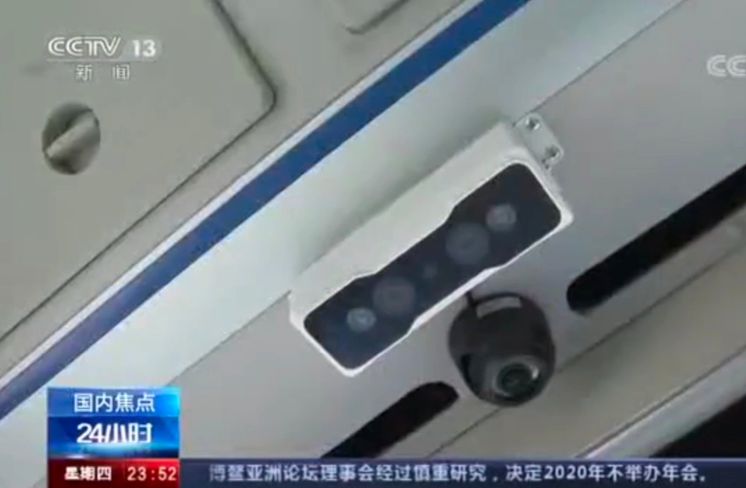How Bus company use passenger counter data?
How Bus company use passenger counter data?
Bus company can optimize their operations and improve efficiency with passenger counter data in several ways, utilizing a combination of data analytics, smart technology integration, and operational strategies. Here are some key aspects of how they can achieve this:

- Data-Driven Decision Making
Utilize data analytics to understand traffic patterns, peak travel times, popular routes, and rider preferences to plan optimal routes and schedules.
- Real-Time Fleet Management
Implement GPS tracking and telematics to provide real-time location data of buses, which can be used to adjust routes and schedules on the fly in response to traffic conditions or delays.
- Passenger Counting Systems
Use automated passenger counting systems to collect data on ridership across different times and routes. This information can be employed to resize fleets based on demand and deploy resources where they are needed most.

- Demand-Responsive Transport
Implement on-demand bus services for areas with lower demand. These services can reduce operational costs as vehicles are utilized based on actual rider requests rather than running fixed routes with low occupancy.
- Smart Ticketing Systems
Incorporate contactless and mobile ticketing solutions to reduce boarding times, alleviate the need for cash handling, and collect valuable data on passenger travel patterns.
- Maintenance Optimization
Implement predictive maintenance strategies using IoT sensors to anticipate and prevent mechanical failures, reducing downtime and extending the lifespan of vehicles.
- Efficient Driver Management
Optimize driver schedules and routes to maximize operational hours without violating labor laws or causing driver fatigue. Use data analysis to ascertain the most efficient use of driver time.
- Multimodal Integration
Integrate bus transport with other modes of transportation to provide seamless travel experiences, potentially increasing ridership and revenue through integrated ticketing systems.
- Eco-Friendly Operations
Transition to electric or hybrid buses to reduce fuel costs and carbon emissions. Invest in energy-efficient technologies and training for drivers to adopt eco-driving techniques.
- Customer Service Improvements
Use feedback and complaint data to improve customer service. Implement passenger information systems that provide real-time updates on bus locations and expected arrival times.
Example Case Study———City C – Real-Time Adjustments for Major Events
City C implemented a dynamic scheduling system for its bus fleet to accommodate the increased traffic during sports events. The system processes real-time data collected from various sources, such as traffic cameras, passenger counting systems, and social media feeds, to predict spikes in demand and direct buses to the stadium area as needed.

By adopting such measures, bus companies can enhance operational efficiency, reduce unnecessary expenses, increase ridership comfort and satisfaction, and consequently, improve their financial bottom line.

